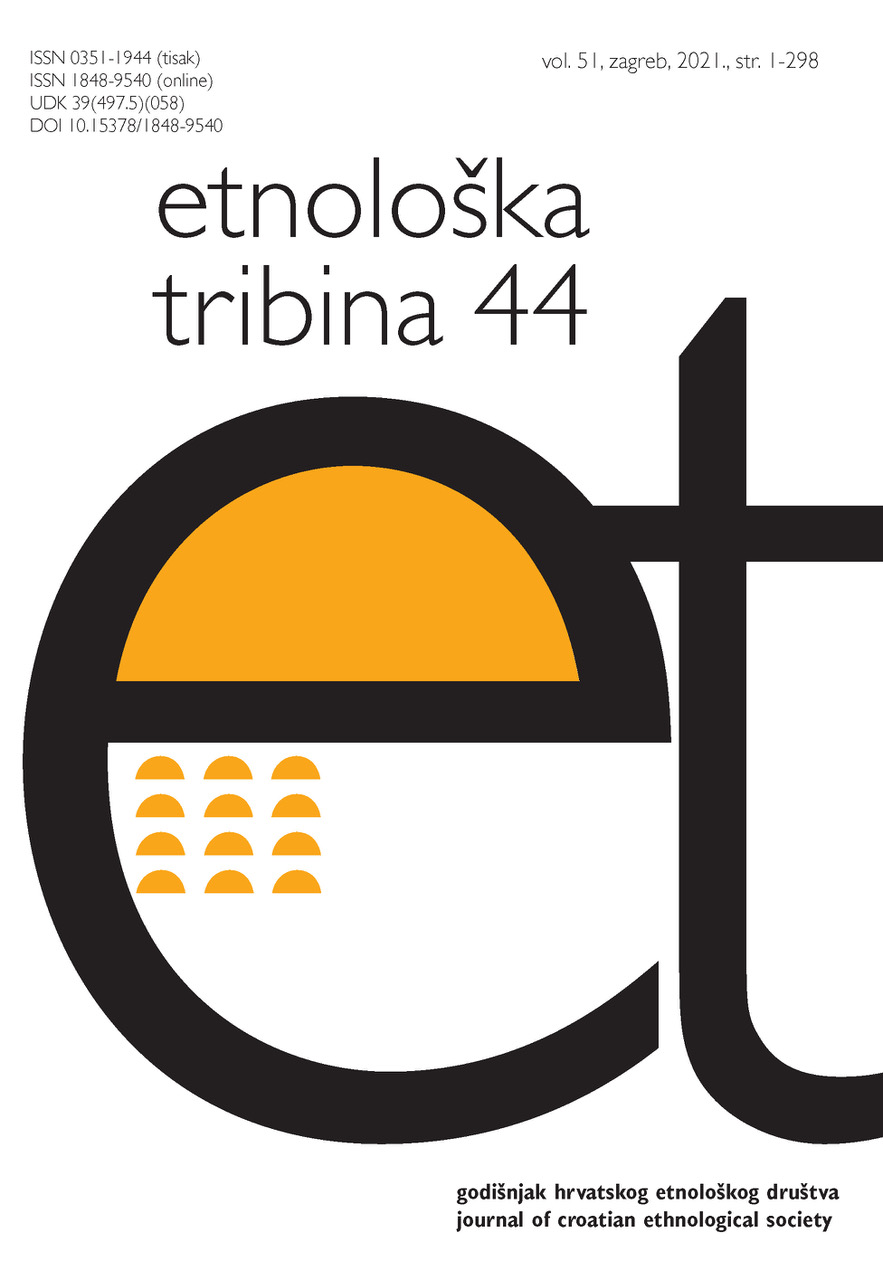Problematic Sources. Nineteenth-century Investigations into Russian Healing Springs
Abstract
Traditional Russian worldviews explained healing from water sources in terms both Protestants
and Catholics would have used elsewhere in Europe: as the grace of God or as the
intervention of saints through associated relics or wonder-working icons. Holy wells were
freely venerated within parishes until the eighteenth century when Peter the Great and the
Holy Synod (the Russian Orthodox Church’s highest governing body) forbade pilgrimage
to holy wells in a reformist drive to eradicate religious “superstitions.” This essay employs
primary sources to consider how nineteenth-century developments at Russian holy wells
and mineral springs related to social class, economics and those eighteenth-century reforms
that merged the church with government structures. While liturgical activities at holy wells
and the designation of new holy wells was criminalized, mineral springs gained appeal for
“scientific” cures and as resort enterprises for the upper classes.
Downloads
Published
Issue
Section
License

